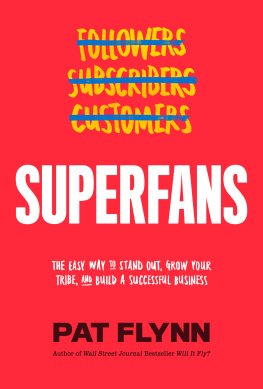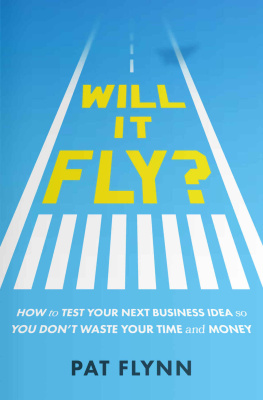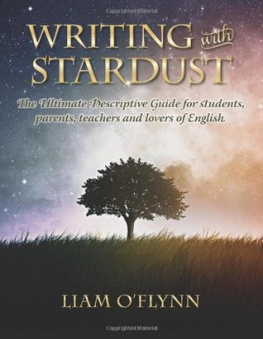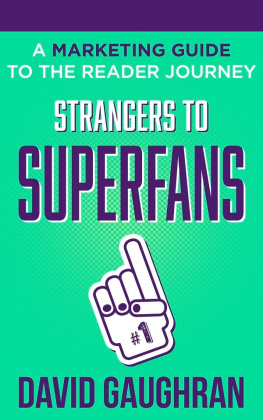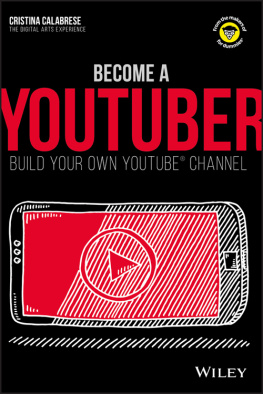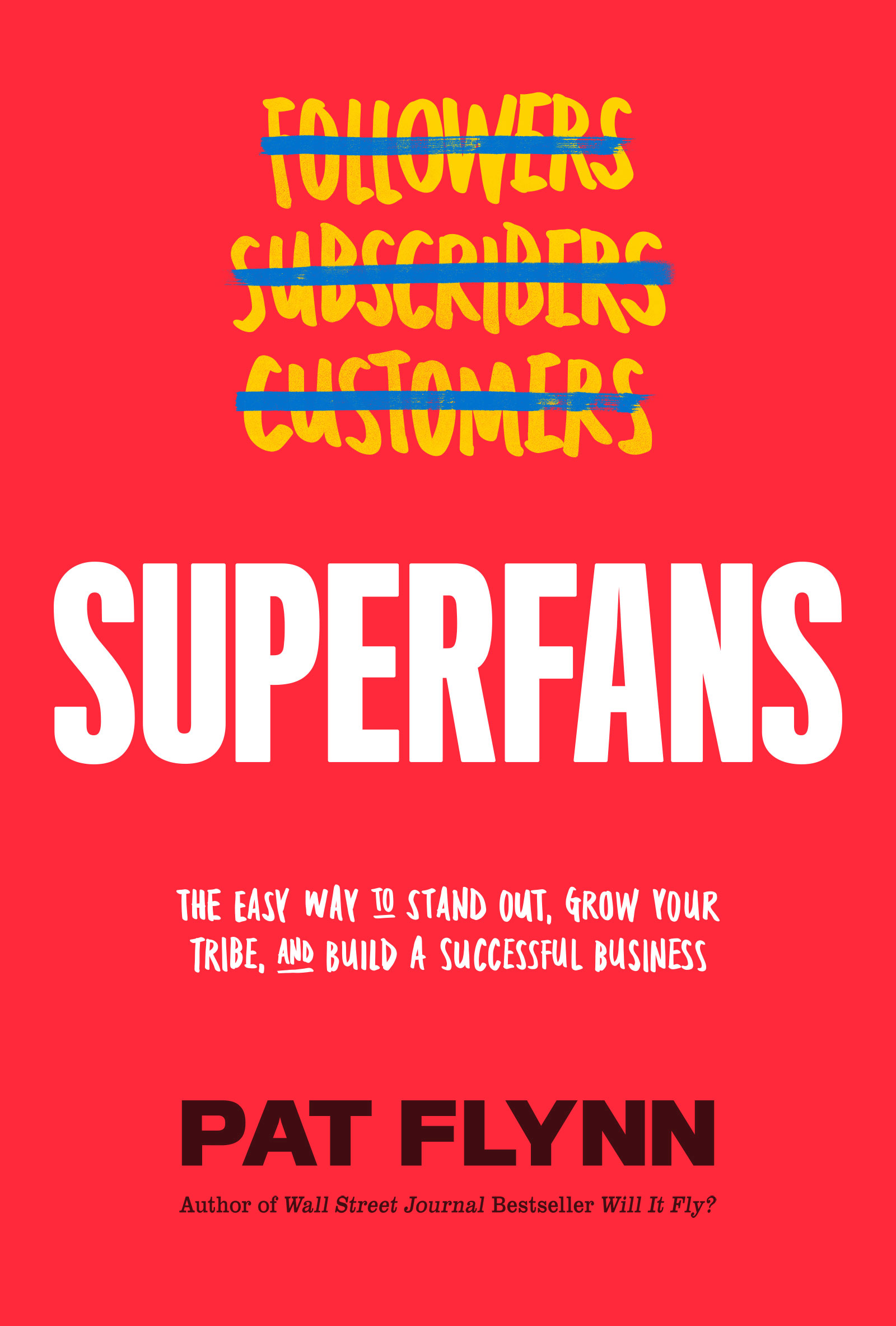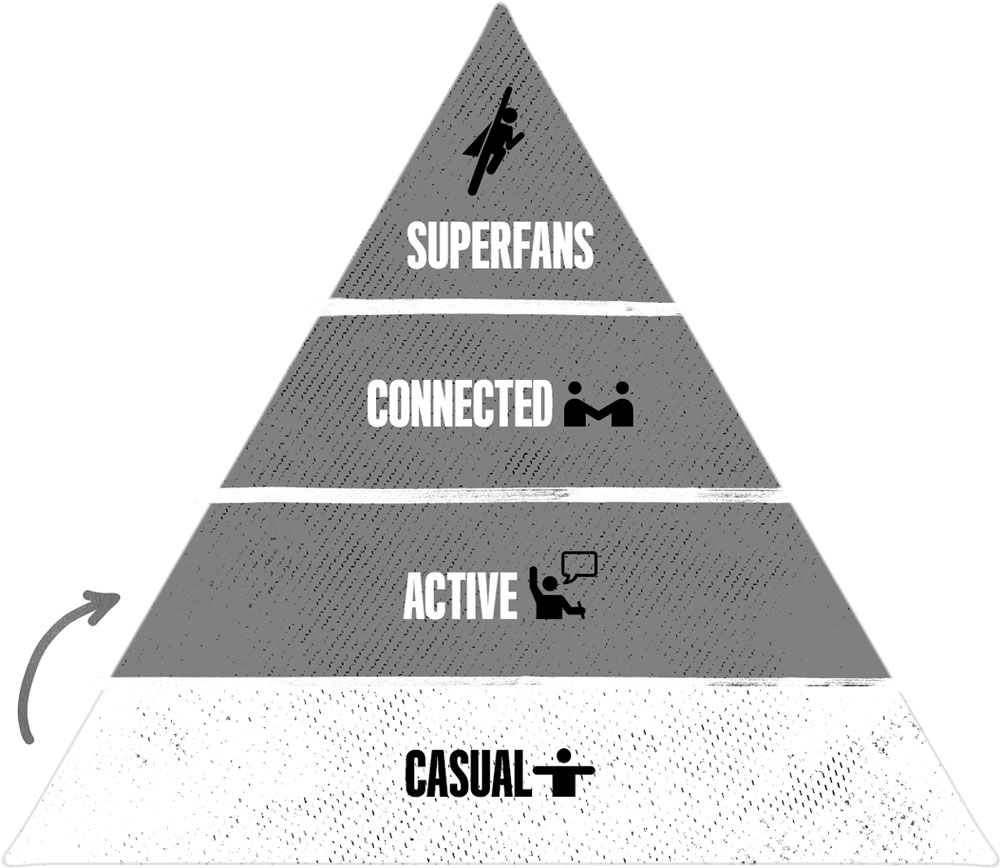Copyright 2019 Flynndustries, LLC.
Published in the United States by Get Smart Books, a division of Flynndustries, LLC.
All rights reserved.
No part of this publication may be reproduced, distributed, or transmitted in any form or by any means, including, but not limited to, photocopying, recording, or other electronic or mechanical methods, without the prior written permission of the publisher, except in the case of brief quotations embodied in critical reviews and certain other noncommercial uses permitted by copyright law. For permission requests, write to the publisher at Attention: Permissions Coordinator, at the address below.
8910 University Center Lane
Suite 400
San Diego, CA 92122
pat@smartpassiveincome.com
Important Disclaimer
This publication contains materials designed to assist readers in evaluating the merits of business ideas for education purposes only. While the publisher and author have made every attempt to verify that the information provided in this book is correct and up to date, the publisher and author assume no responsibility for any error, inaccuracy, or omission.
The advice, examples, and strategies contained herein are not suitable for every situation. The materials contained herein are not intended to represent or guarantee you will achieve your desired results, and the publisher and author make no such guarantee. Neither the publisher nor author shall be liable for damages arising therefrom. Success is determined by a number of factors beyond the control of the publisher and author including, but not limited to, market conditions, the capital on hand, effort levels, and time. You understand every business idea carries an inherent risk of capital loss and failure.
This book is not intended for use as a source of legal or financial advice. Evaluating and launching a business involves complex legal and financial issues. You should always retain competent legal and financial professionals to provide guidance in evaluating and pursuing a specific business idea.
Ordering Information
Quantity sales. Special discounts are available on quantity purchases by corporations, associations, and others. For details, contact the publisher at the address above.
ISBN 978-1-949709-46-9: Hardback
ISBN 978-0-9970823-6-4: Ebook
Categories: 1. Business Communication 2. Customer Relations 3. Marketing
Printed in the United States of America.
First Edition
Part 1
Casual Audience to Active Audience
W e begin our journey at the base of the Pyramid of Fandom, which is the biggest segment: your casual audience members. These are the people who come to you randomly. They stumble upon your brand through a link on another website, or a Google or YouTube search, or maybe they found you through social media, or even by word of mouth. Theyre here because of their curiosity, but they may not stick around; they could take you or leave you. They might come back from time to time to see what youre up to, but theyre not connected to your brand in a meaningful wayyet.
Your mission is to help bring these casual audience members, people who have just been introduced to you and what you have to offer, to the next level of the pyramid, where they become part of your active audience. Your active audience are your subscribers and followers. Theyre the ones who have subscribed to your emails, who now follow you on Facebook, Instagram, and YouTube. Theyre the people who have opted inthe ones who are interested in you and your brand, and have taken action to get more from it.
To move people from casual to active, you need to create a moment of activationsomething that connects them to you and makes them go, Oh, thats different, and I like it. You need to speak to people in a way theyll understand and appreciate, addressing their needs and pain points in the right language. And of course, you need to deliver them value! Give them a taste of what theyll get from you if they subscribe and stick around. Make it a no-brainer for them to take the next step and continue to hear from you.
These first five strategies are all about turning casual audience members into active participants in your brand:
- Chapter 1: Learn the Lyrics
- Chapter 2: Break the Ice
- Chapter 3: Create Quick Wins
- Chapter 4: Drive the DeLorean
- Chapter 5: Return Every Handshake
At this point, Im sure youre wondering what the heck a DeLorean has to do with turning casual audience members into active ones. (You might even be wondering what the heck a DeLorean is )
But have no fear, as Im about to explain it all
Chapter
Learn the Lyrics
B efore the whole Box o Backstreet Boys incident went down, Id been curious about exactly how April had become a superfan of the famous boy band. She told me a story that took us back to when she was only fifteen, just a couple years before I met her.
She had apparently gone through a pretty bad breakup with her boyfriend, the kind where you lock yourself in your room and blast the music really loud, which she did. Lying on her bed, a song popped up on the radio that shed heard many times before, but this time, it was a much different experience.
She actually paid attention to what they were saying.
Why?
Because they were saying everything she was going through in that moment: the desire to turn back time, asking the person you love to stop playing games with your heart.
The song? You get half credit for guessing (because I basically gave it away): Quit Playing Games (With My Heart) by the Backstreet Boys .
That moment, combined with the songs message, was Aprils moment of activation. The lyrics grabbed her attention. They made her listen, and most importantly, they made her feel like the band knew what she was going through. Those lyrics had kick-started Aprils journey down the backstreets of superfandom.
The next time the hit song came on the radio, she would turn up the volume. When she had a chance to go to the store to buy their album , she did. She bought their posters and stuck them on her wall, watched their music videos after school on MTVs Total Request Live every day, and talked about them nonstop with her friends and family, so much so that her brother caved and bought her tickets to see the group in concert.
And it all started with getting the lyrics right.
Think about it. At the time, the target audience for the Backstreet Boys was teenage girls just like April. Their songs were about what many teenage girls think about and go through: love and heartbreak. And most importantly, the lyrics used the language of that audience; take a phrase like Quit playing games with my heart, for example. A little kid doesnt say stuff like that, and adults are typically less melodramatic. Instead, its a line aimed right at the teenage set. Those lyrics (and the bands many others) are precision crafted to get through to the bands ideal audience. Its a winning formula, one proven not just through record sales and platinum albums, but the fact that those teenage girls have now grown up and still sell out concert halls to watch BSB to this day. I know this because April went to see them recently.
Building a strong, successful brand is about solving peoples problems. Step one is to know what those problems are, but step two, so often underrated and overlooked, is knowing exactly how those people describe their problems. The language they use should become the lyrics you use in your brand. Jay Abraham, a businessman and author responsible for developing a lot of direct response marketing strategies in the 1970s that we still use today, once said, If you can define the problem better than your target customer, they will automatically assume you have the solution. When a potential customer hears you speak about exactly what they are going through, in a way that they can relate, theyre going to say to themselves, They get me. They understand. And thats a powerful trigger to set yourself apart from the many others who are fighting for this potential customers attention. Sing the right lyrics, and youre going to get people to stick with you. Youre going to activate them.

